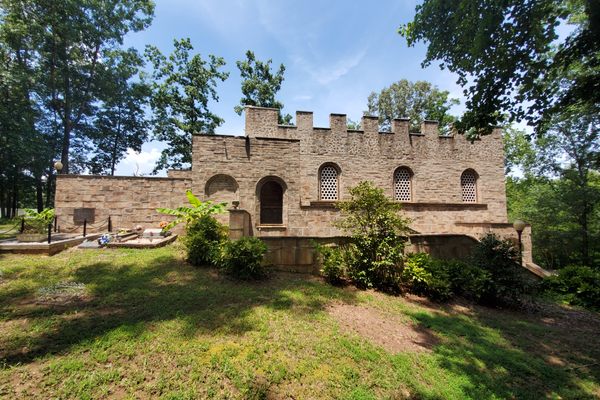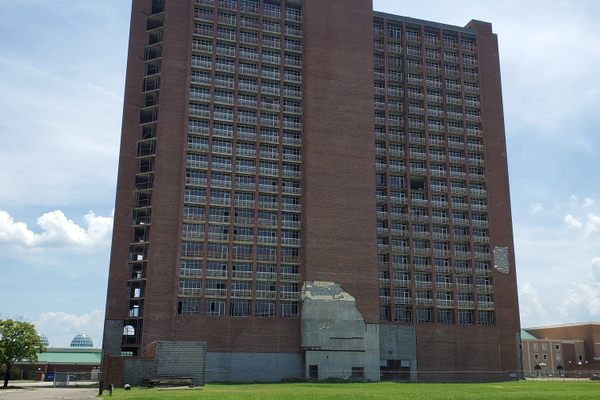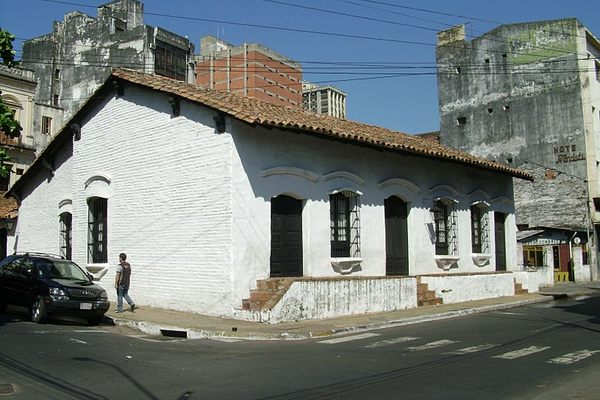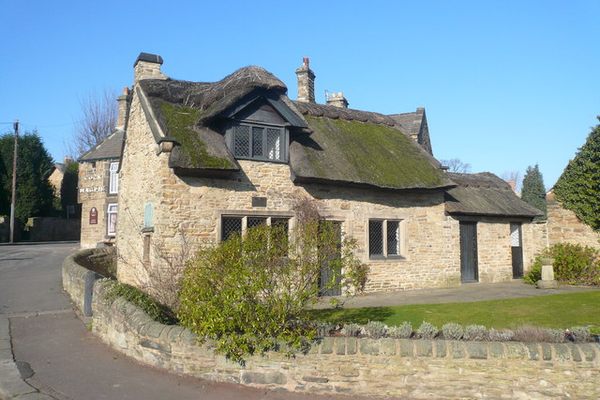AO Edited
James K. Polk Historic Site
These cabins mark the site where our 11th president was born (probably).
Single-term presidents don’t always have the best reputation. Buchanan, Tyler, Fillmore, Hoover, Carter, Trump—these guys are usually not ranked too highly by historians. Which makes it all the more surprising that one of the highest-rated Presidents in U.S. history is the one-term wonder James Knox Polk.
Polk delivered on all his campaign promises and then some. The annexation of Texas? Check. Victory in the Mexican-American War? Check! Besides Thomas Jefferson, no president saw more territory added to the country. And above all, Polk did deliver on his promise to be a single-termer, opting to retire from politics and hand the baton off to Zachary Taylor. It would be only three months after he stepped down that Polk would fall ill and die. He was buried on the grounds of the Tennessee capital in Nashville.
It is true that Polk was a proud Tennesseean, serving as a senator and congressional representative for the Volunteer State, but his life began in the neighboring state of North Carolina, specifically in the small Charlotte suburb of Pineville. If this is news to you, you’re not alone! Polk moved from Pineville to Tennessee at just eight years old, and the acres upon acres of Polk land in Pineville would be cut up and sold soon after. In fact, for years it was argued as to where precisely Polk had even been born, as his family owned so much land in and around Mecklenburg County that it could have been almost anywhere. By the time the Polk land was sold in the early 1800s, their family cabins had long since been demolished. As the houses weren’t built on concrete bases, there was very little to go off of for evidence.
By the early 1900s, local efforts were being made to memorialize Polk in his hometown, but the mystery of his birthplace was still unsolved. The Daughters of the American Revolution, assisted by a crude map made by a former visitor of the Polk homestead, estimated that the family’s cabins likely stood near the banks of Little Sugar Creek in a then-vacant field. They erected a small stone monument on the estimated spot, which would remain the only indication of the site’s history until the 1960s, when local architect and historian James Stenhouse plunged into an ambitious project to build period-accurate housing on the site. A main cabin, a kitchen, and a shed for tools were built on the Polk family’s former land. The DAR’s monument was moved elsewhere on the property. When the site officially opened in 1964, First Lady “Lady Bird” Johnson attended the dedication.
Atop the Polk residencies, visitors can also find on the site a museum dedicated to Polk’s life, as well as a colonial cemetery which originally lay on the Polk’s property, the resting place of some of the county’s earliest settlers. When the nearby highways were being built, the cemetery was directly in the way. Luckily Stenhouse struck a deal with the state to have the headstones moved to the newly-built Polk site, ensuring their names and legacies wouldn’t be paved over.
There is some argument as to whether the site of the cabins are precisely where Polk’s house once stood and whether they’re historically accurate. But Stenhouse and his team are quite open about the fact that some historically-informed liberties with the site’s layout. Nonetheless, any presidential nut should be excited that a site even exists to memorialize Polk.
Know Before You Go
Make sure to check the website for hours and admission!

































Follow us on Twitter to get the latest on the world's hidden wonders.
Like us on Facebook to get the latest on the world's hidden wonders.
Follow us on Twitter Like us on Facebook